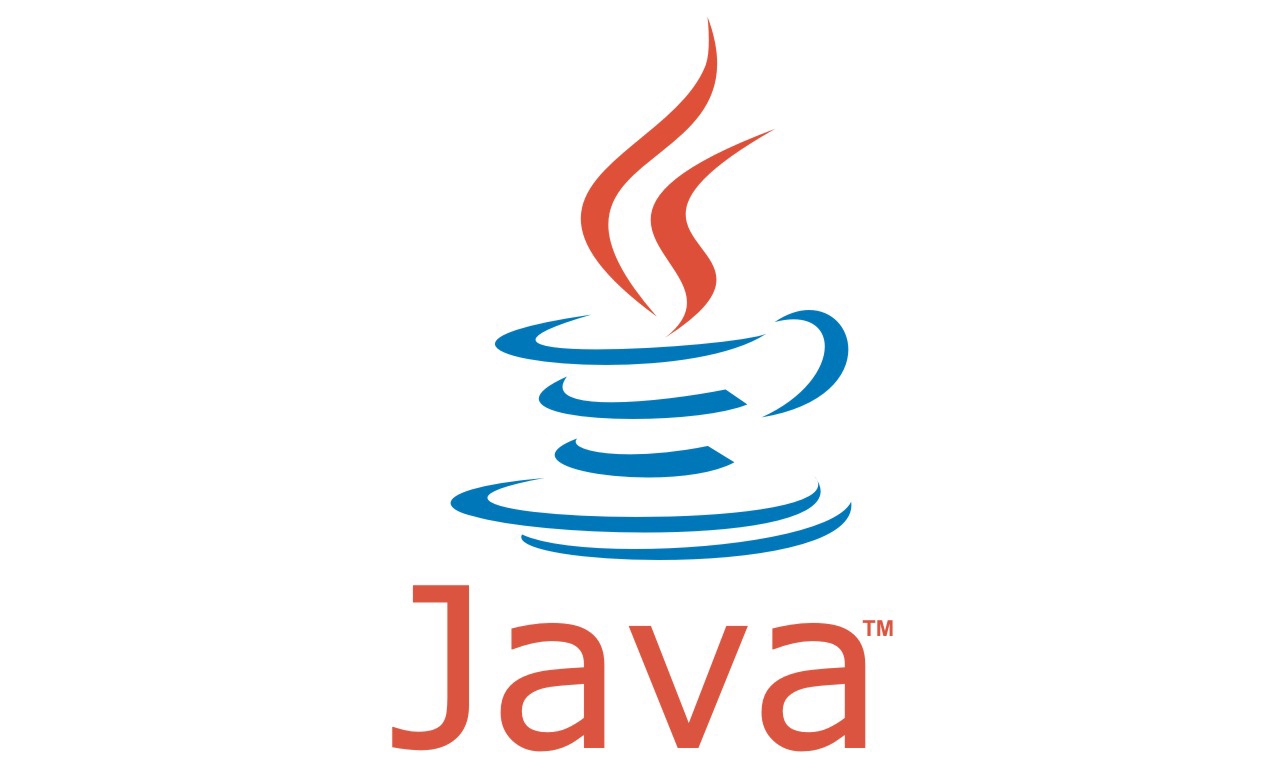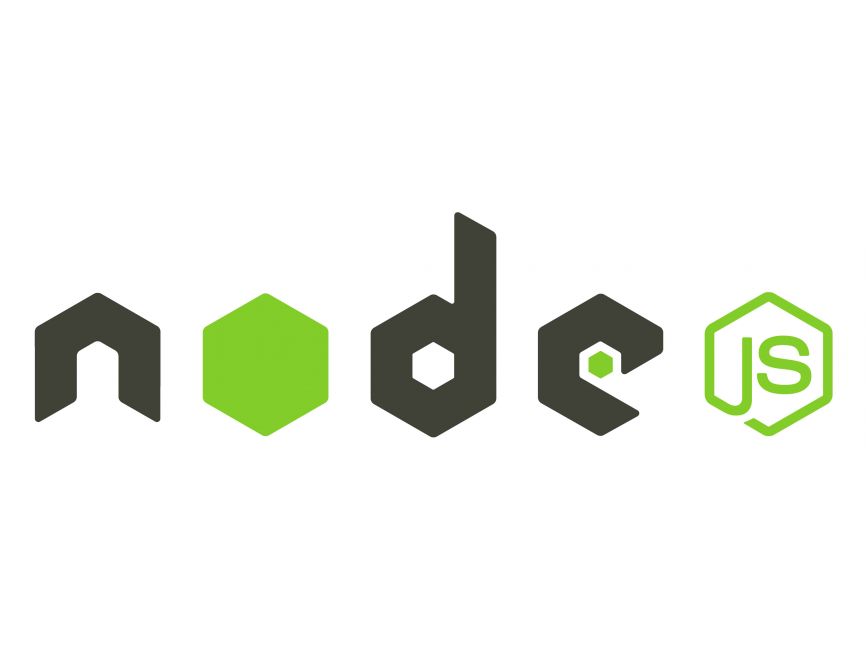Apache POI Tutorial: Working with Excel Files in Java
Apache POI is a popular Java library that allows developers to create, modify, and display Excel files (.xls and .xlsx formats). In this tutorial, we will explore how to use Apache POI to perform common tasks such as reading, writing, and formatting Excel files. Table of Contents Introduction to Apache POI Setting up Apache…







